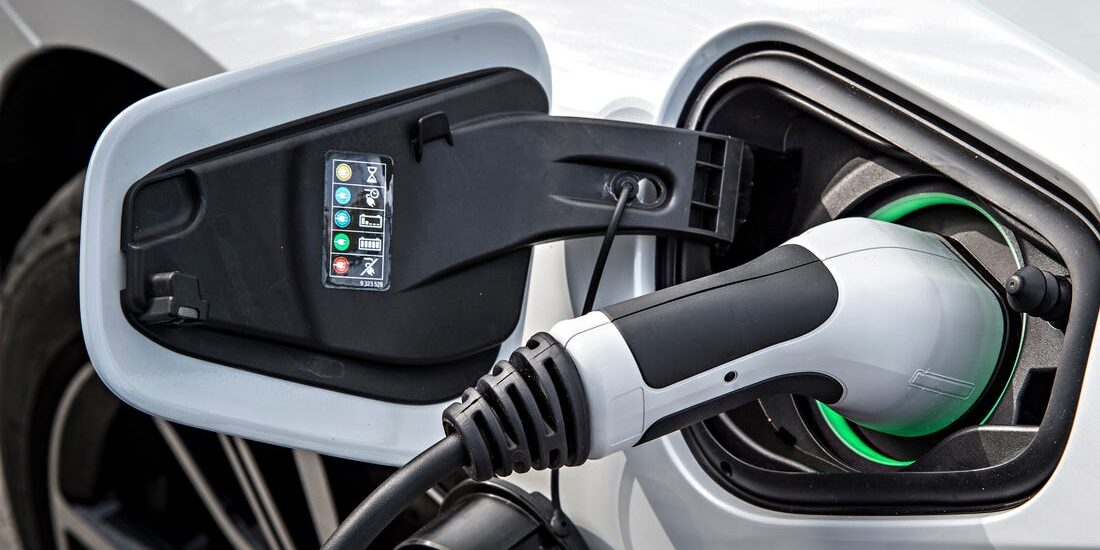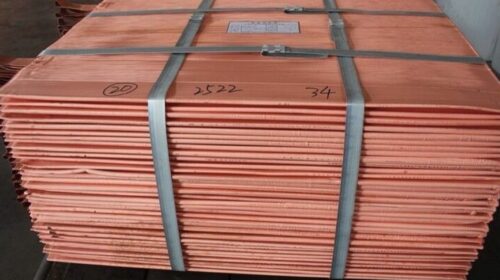The reason lithium-ion batteries fail
Researchers from the Universities of Cambridge and Liverpool have identified a potential new degradation mechanism for electric vehicle batteries – a key step to designing effective methods to improve battery lifespan.
In a paper published in the journal Nature Materials, the scientists say that they monitored changes of nickel-rich battery materials in real-time over several months of battery testing. Then, they used laser technology to design a new coin cell, also known as button cell.
“This design offers a new possibility of studying degradation mechanisms over a long period of cycling for many battery chemistries,” Chao Xu, the first author of the study, said in a media statement.
According to Xu, after conducting systematic observations, his team noticed that a proportion of the cathode material becomes fatigued following repetitive charging and discharging of the cell, and the amount of the fatigued material increases as the cycling continues.
After witnessing this, Xu and his colleagues dove deep into the structure of the material at the atomic scale to seek answers as to why such a fatigue process occurs.
“In order to fully function, battery materials need to expand and shrink as the lithium ions move in and out,” Xu said. “However, after prolonged use, we found that the atoms at the surface of the material had rearranged to form new structures that are no longer able to store energy.”
The scientists said that what is worse is that these areas of reconstructed surface apparently act as stakes that pin the rest of the material in place and prevent it from the contraction which is required to reach the fully charged state. As a result, the lithium remains stuck in the lattice and this fatigued material can hold less charge.
Given these results, the researchers are now seeking effective countermeasures, such as protective coatings and functional electrolyte additives, to mitigate this degradation process and extend the lifetime of such batteries.
source: Mining.com
![]()





